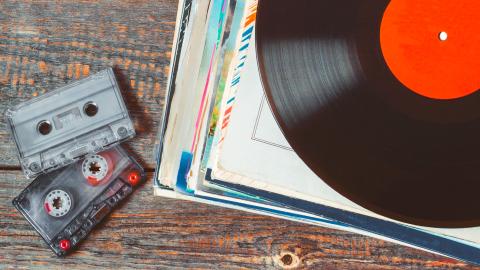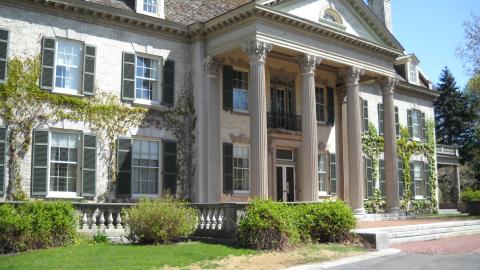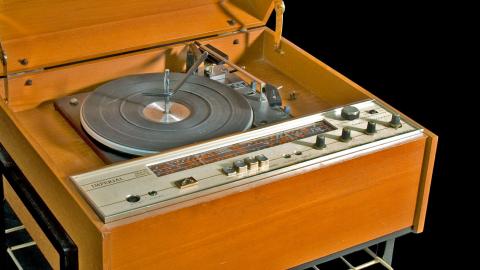
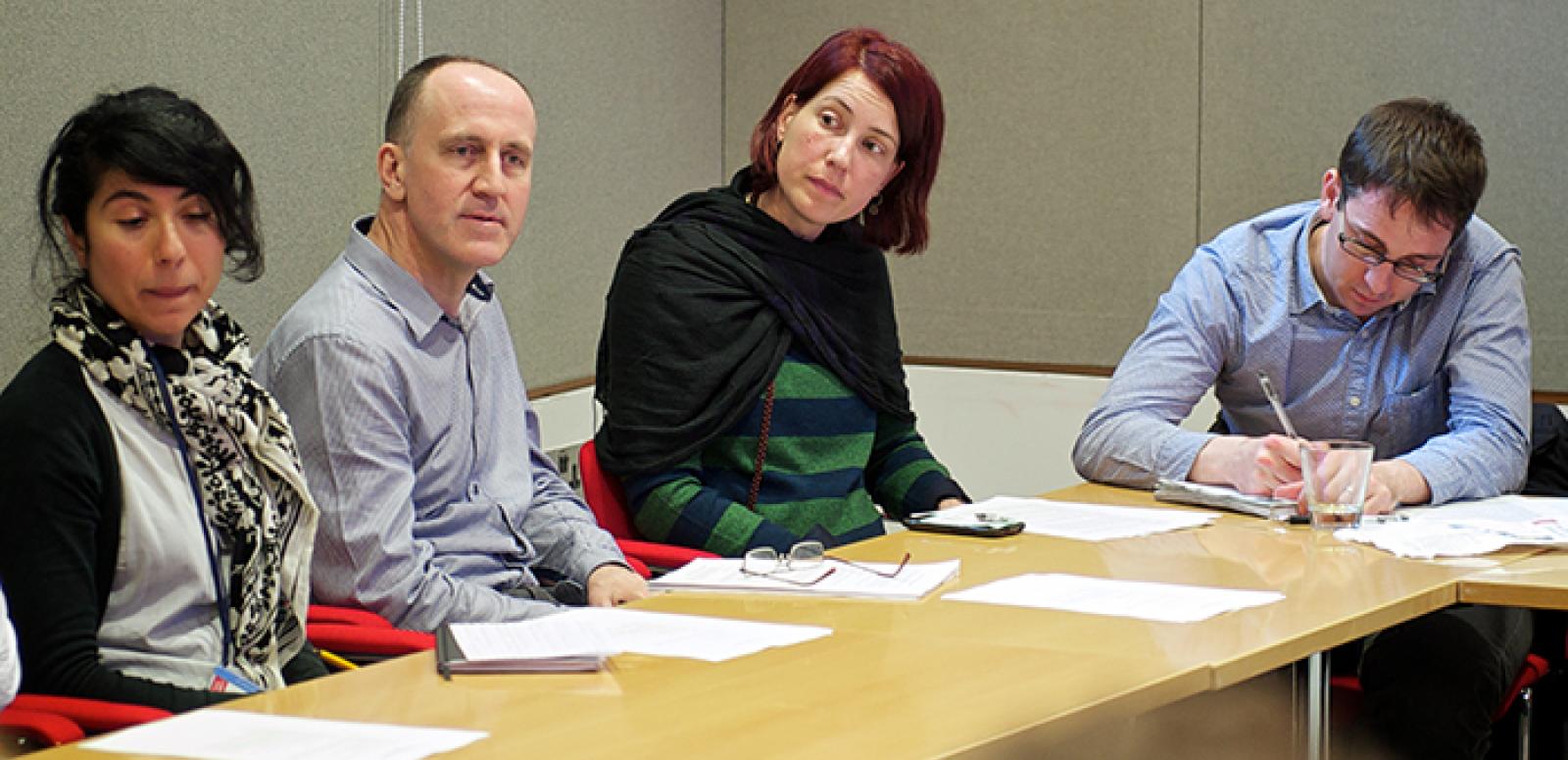
British Library Sound Archive
Sound archivist Tessa Elieff is in London on a British Library-NFSA staff exchange.
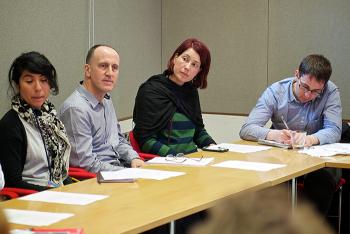
As a young sound archivist with a personal passion for the sounds of nature and the environment, the opportunity to participate in a staff exchange with the British Library Sound Archive is one that left me slightly giddy for all its possibilities. A quick online perusal of British Library Sounds is enough to impress the most amateur sound enthusiasts with the Environment and Nature page covering themes such as Soundscapes, Weather and Early Wildlife Recordings.
The NFSA collection of sounds within these genres is also impressive. One of my favourite ‘downtime’ research projects is to trawl through the sounds found under the NFSA’s field recording classification. Here, I discover sonic treasures such as bird calls in Kakadu National Park recorded by David Stewart in 1989, a number of 1960s Indigenous recordings by ethnomusicologist Alice M Moyle and works by contemporary sound artists released on the Brisbane-based Room40 label. I would love the NFSA’s fantastic collection of sounds from the environment, nature and wildlife to be more openly available to the listening public.
At the British Library Sound Archive, I look forward to tapping into the in-house expertise of staff members such as Richard Ranft, Head of Sound and Vision and Cheryl Tipp, Curator of Natural Sounds, as well as connect with other like-minded individuals who work with sound both creatively and in archival terms.
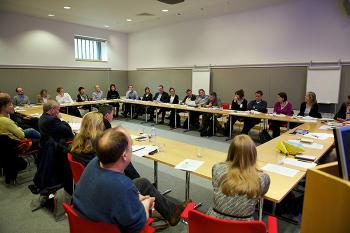
The timing for my attendance at the British Library Sound Archive was fortuitous, with my first day coinciding with their seminar, ‘Sound, Archives and the Listening Public’. Jointly organised by the British Library and the University of Sussex, participants included roughly 40 individuals consisting of broadcasters, curators, independent practising artists and academics who came together to identify new ways of using sound archives creatively in broadcasting projects and to attract innovative public involvement.
The seminar was an excellent introduction to the concerns and considerations of the British industries and institutions that strive to work with sound archives creatively. It also provided me with an opportunity to be welcomed to the British Library and ‘tune in’ directly to their outlook and approach with regard to sound. I met many passionate people including Noel Lobley (ethnomusicologist and musician, currently working at the Pitt Rivers Museum on their sound collection), Dr Michael Bull (Reader in Media and Film Studies in the Department of Media and Film at the University of Sussex) and Matthew Herbert (musician). All were extremely friendly and interested in my work at the NFSA.
To learn more about the presentations and projects discussed at the seminar, take a look at:
- Listening Publics: The Politics and Experience of Listening in the Media Age (2013), book by Kate Lacey.
- Noise: A Human History, program written and presented by Professor David Hendy, produced by Matt Thompson and commissioned by Tony Phillips for BBC Radio 4.
- The Listening Project, radio program produced as a partnership between BBC Radio 4, BBC local and national radio stations, and the British Library.
Congratulations to Cheryl Tipp and to Richard Ranft for bringing together such an impressive and diverse collective of experts who work with creative sound and the archives and for facilitating such an inspiring environment to discuss the possibilities of sound.
The National Film and Sound Archive of Australia acknowledges Australia’s Aboriginal and Torres Strait Islander peoples as the Traditional Custodians of the land on which we work and live and gives respect to their Elders both past and present.
